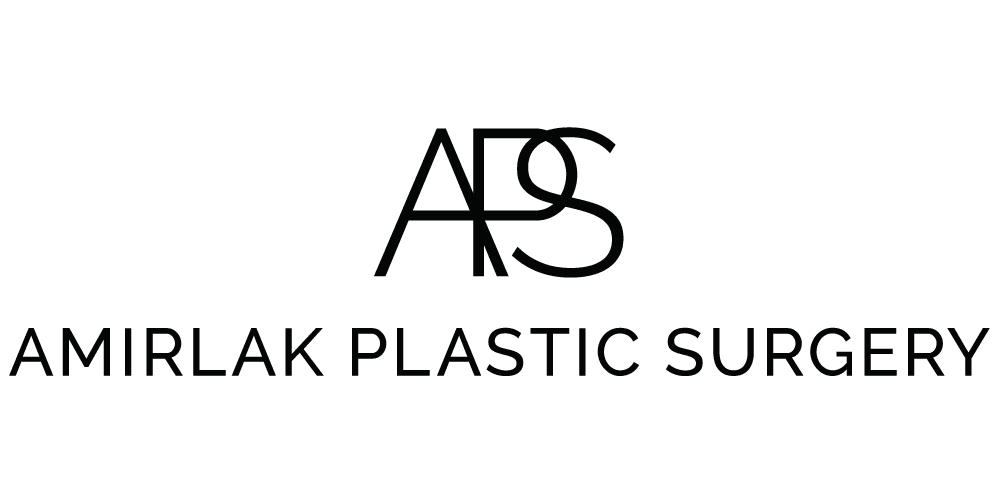Panniculectomy
- Posted on: May 11 2017
A panniculectomy is performed to remove a panniculus, which is an “apron” of excess skin and fat hanging from the lower abdomen. Panniculectomy is different from abdominoplasty, which, in addition to removing excess skin and fat, tightens the abdominal muscles. Abdominoplasty is considered a cosmetic procedure; panniculectomy is not, because a panniculus can cause medical problems and interfere with everyday activities. Candidates for panniculectomy have typically lost a large amount of weight through gastric- or intestinal-bypass surgery, or changes in nutrition and fitness habits; or are normal-weight women who have excess skin post-pregnancy.
A panniculus is graded on a scale from one to five. A grade one panniculus extends to the pubic hair but does not cover the genitals; a grade five extends to the knees or lower.
The Panniculectomy Procedure
During panniculectomy, which is performed under general anesthesia in a hospital or outpatient surgery center, the surgeon typically makes two incisions: one that runs vertically from the lower portion of the sternum to the pubic bone, and one that runs horizontally across the pubic area. Excess fat and skin are removed through the horizontal incision; skin and fat from above the belly button are pulled down and sutured in place; and the belly button is shifted to a normal position. Drains are usually inserted to prevent fluid from accumulating. Panniculectomy takes from 2 to 5 hours to complete; exactly how many hours depends on how much skin and fat need to be removed, and whether it is combined with other procedures.
Recovery from Panniculectomy
The amount of time required to recover from panniculectomy is significant. Immediately after surgery, pain, swelling and bruising are present, and pain medication is prescribed. Most patients are hospitalized for up to a week, and typically do not return to work for 4 to 6 weeks. Patients are encouraged to walk postsurgery, but must avoid other activities until sufficient healing has occurred, usually after 6 to 8 weeks.
Risks of Panniculectomy
In addition to the risks associated with surgery and anesthesia, those related to panniculectomy include the following:
- Seroma (fluid accumulation under the skin)
- Skin separation
- Reduced sensation in the treatment area
- Unsightly scarring
- Discolored skin
- Loose skin
- Blood clots
Because panniculectomy is not considered a cosmetic procedure, it may be covered by insurance.


